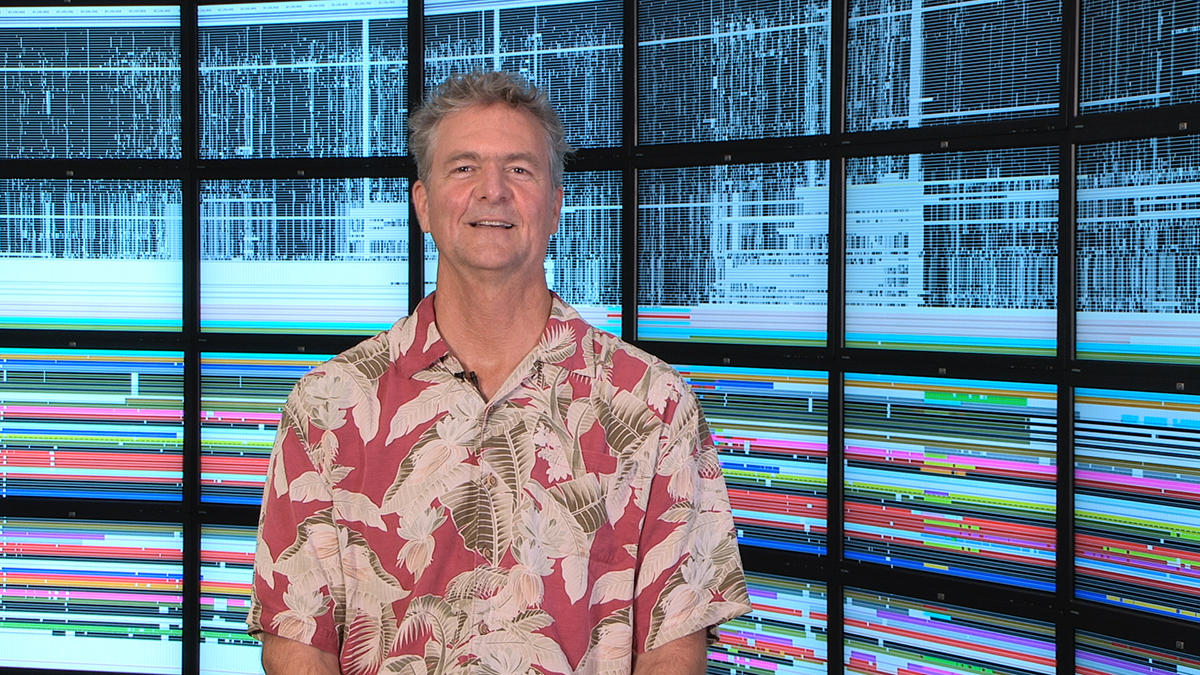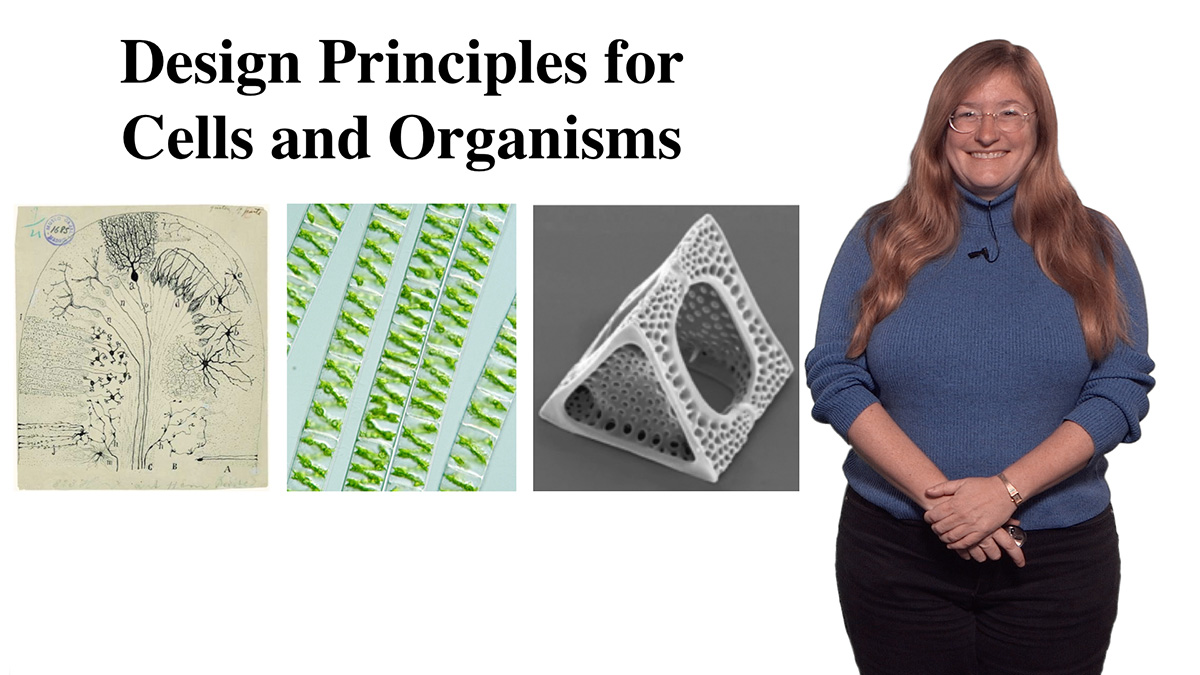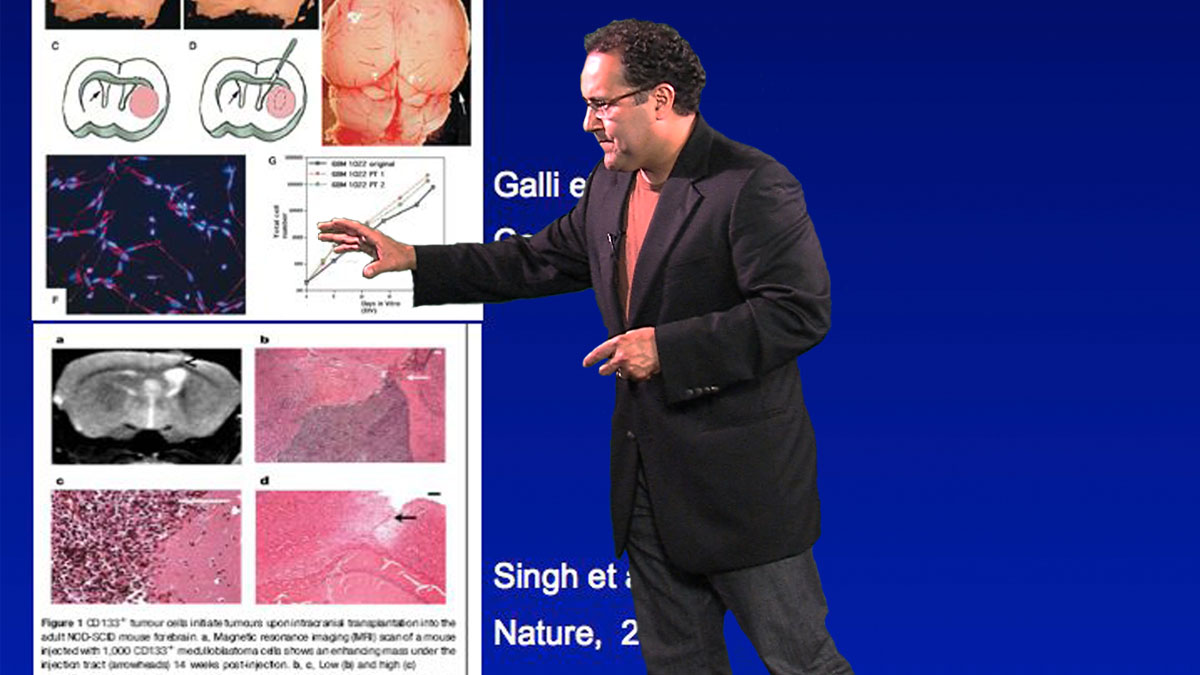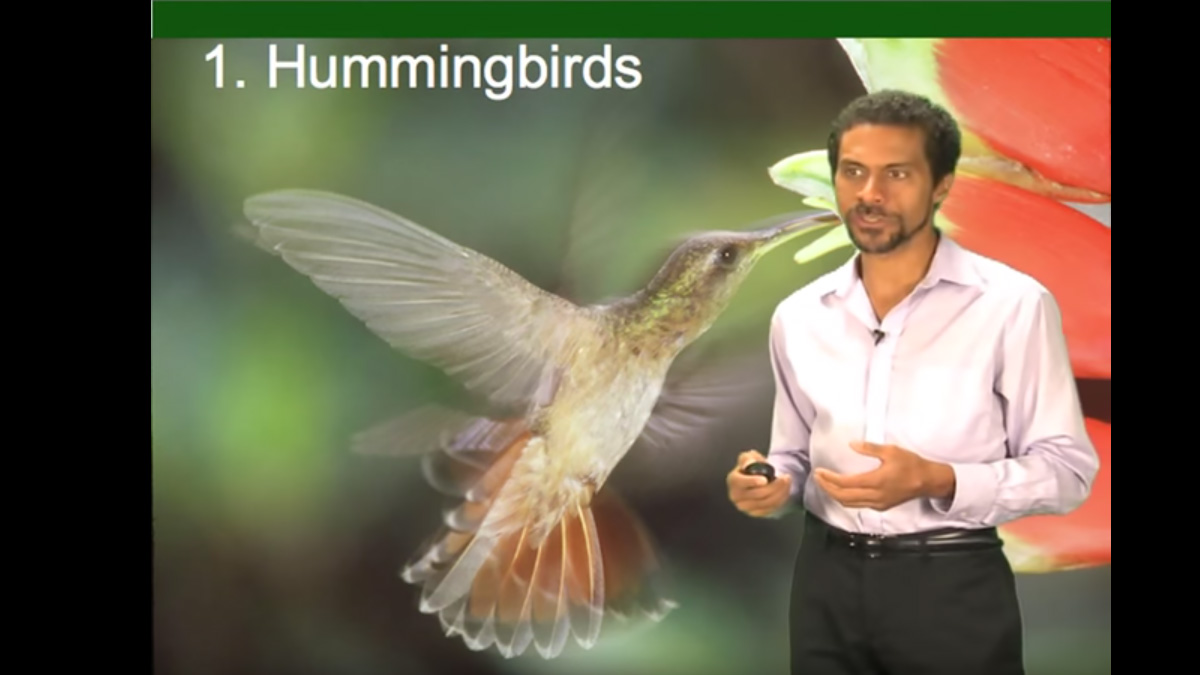Talk Overview
The pattern of electrical signals propagated through neuronal networks determines brain function. Adam Cohen examines the possibility of visualizing the brain function inside an intact brain using fluorescent transmembrane proteins that are sensitive to voltage. Cohen discusses the barriers to this approach, something he predicts scientists from many disciplines will eventually overcome.
Speaker Bio
Adam Cohen

Adam Cohen is Professor in the Departments of Chemistry and Physics at Harvard University and Investigator of the Howard Hughes Medical Institute. He develops biological tools and analytical approaches to investigate the behaviors of molecules and cells in vitro and in vivo. His lab merges protein engineering, optics, and physics, among other disciplines, on a… Continue Reading











Leave a Reply